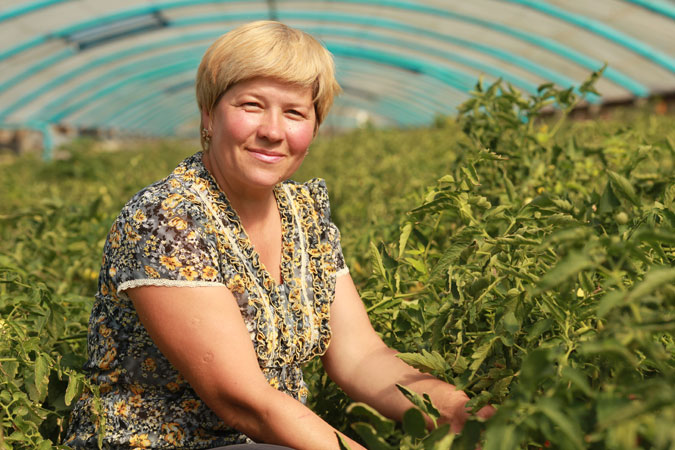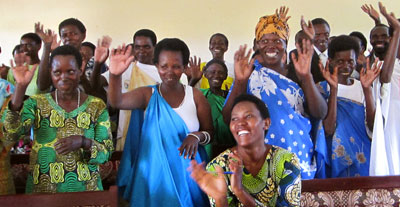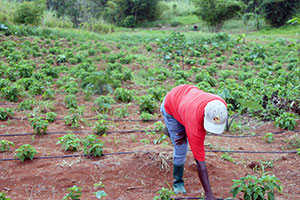SDG 2: End hunger, achieve food security and improved nutrition and promote sustainable agriculture

Targets
- By 2030, end all forms of malnutrition, including achieving, by 2025, the internationally agreed targets on stunting and wasting in children under 5 years of age, and address the nutritional needs of adolescent girls, pregnant and lactating women and older persons.
- By 2030, double the agricultural productivity and incomes of small-scale food producers, in particular women, indigenous peoples, family farmers, pastoralists and fishers, including through secure and equal access to land, other productive resources and inputs, knowledge, financial services, markets and opportunities for value addition and non-farm employment.
- By 2030, end hunger and ensure access by all people, in particular the poor and people in vulnerable situations, including infants, to safe, nutritious and sufficient food all year round.
- By 2030, ensure sustainable food production systems and implement resilient agricultural practices that increase productivity and production, that help maintain ecosystems, that strengthen capacity for adaptation to climate change, extreme weather, drought, flooding and other disasters and that progressively improve land and soil quality.
- By 2020, maintain the genetic diversity of seeds, cultivated plants and farmed and domesticated animals and their related wild species, including through soundly managed and diversified seed and plant banks at the national, regional and international levels, and promote access to and fair and equitable sharing of benefits arising from the utilization of genetic resources and associated traditional knowledge, as internationally agreed.
- Increase investment, including through enhanced international cooperation, in rural infrastructure, agricultural research and extension services, technology development and plant and livestock gene banks in order to enhance agricultural productive capacity in developing countries, in particular least developed countries.
- Correct and prevent trade restrictions and distortions in world agricultural markets, including through the parallel elimination of all forms of agricultural export subsidies and all export measures with equivalent effect, in accordance with the mandate of the Doha Development Round.
- Adopt measures to ensure the proper functioning of food commodity markets and their derivatives and facilitate timely access to market information, including on food reserves, in order to help limit extreme food price volatility.
Women prepare up to 90 per cent of meals in households around the world [1], yet when times are tough, women and girls may be the first to eat less. Households headed by women may not eat enough simply because women earn at lower levels, and are less prepared to cope with sudden crisis.
Nourishment is not just about the quantity of food, but its quality. In poor households, women can be less likely to get the nutrients they need, including to manage the physical demands of pregnancy and breastfeeding. Gender inequality intersects with inadequate health care, insufficient education and limited income to drive these deprivations.
Inequities in food consumption stand in contrast to women’s significant role in agricultural production. They comprise on average 43 per cent of the agricultural labour force in developing countries, and over 50 per cent in parts of Asia and Africa[2]. Yet their potential contribution to food security remains constrained by unequal access to land and other productive assets.
Ending hunger means that all women can consume enough food with adequate nutrients. All women working in agriculture, if unshackled from discrimination, can contribute to greater global food security.
UN Women acts to stop hunger by supporting women’s role in food security, as the cornerstones of food production and utilization. We provide training for women farmers and access to information and technology, to help women can achieve significantly higher agricultural productivity. UN Women also raises awareness among rural women and decision-makers alike, on the need for legal changes to allow more equitable distribution of assets, such as land and credit. The entity also steers the online global knowledge hub Empower.org, where women can share practical knowledge around food production and technology.
Stories
“I bought a mattress and health insurance” – rural farmer
Through Farmer Field Schools, more than 350 Rwandan farmers have undergone a six-month course to learn about nutrition, modern agricultural techniques and business skills while creating cooperatives and pooling savings.
Caribbean women protect crops through green technologies
Through workshops on more sustainable farming techniques, women farmers in Barbados, Grenada and Jamaica are finding a more reliable way of making a living. They learn about water conservation, rain-water harvesting and the importance of protecting the environment to secure their livelihood.
Notes
[1] World Health Organization and United Nations Children’s Fund (2010), Update: Progress on Sanitation and Drinking Water, p. 8–9.
[2] Food and Agriculture Organization (2014), The State of Food and Agriculture, p. 35.


